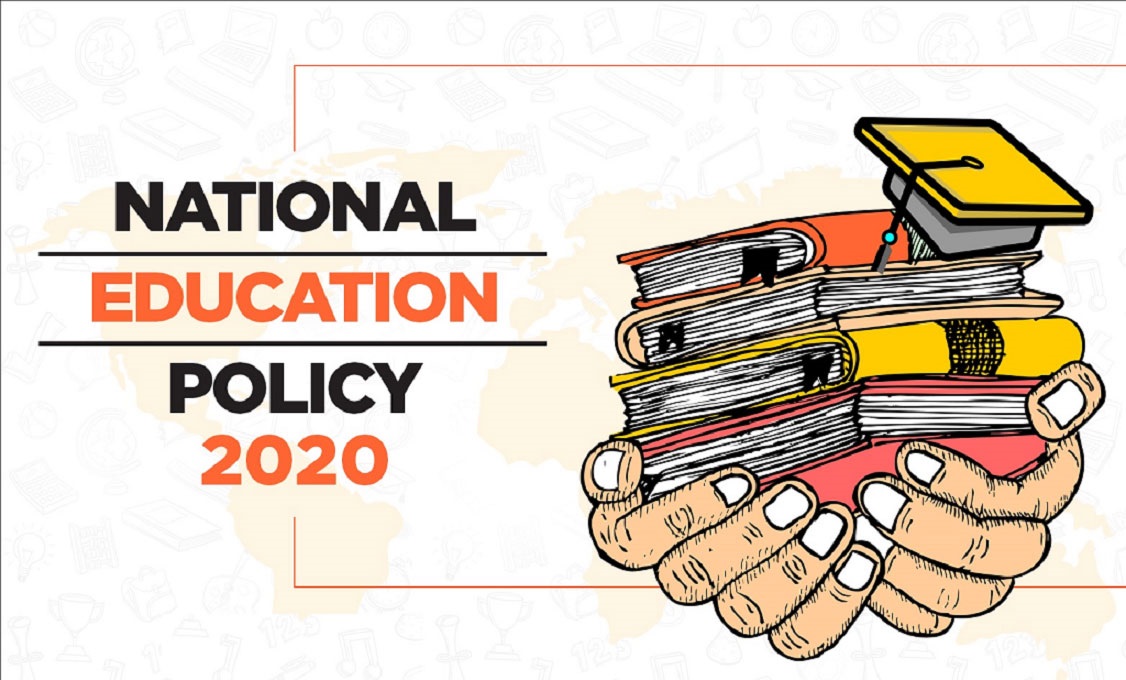NEP 2020: A Government's Vision for the future of Education in India Reform
Get Your Free Trial Now!
A Government's Vision for the future of Education in India Reform
The National Education Policy 2020 (NEP 2020) marks a significant milestone in India's educational landscape, representing the government's vision for comprehensive reform.
This article delves into the key objectives, structural changes, implementation strategies, and potential impact of NEP 2020 on the Indian education system.

 Historical Context of Educational Reform in India
Historical Context of Educational Reform in India
India's journey towards educational reform has been characterized by various policy initiatives aimed at addressing challenges such as access, quality, and equity in education. Prior to NEP 2020, the Indian education system grappled with issues related to outdated curricula, rote learning, inadequate infrastructure, and disparities in access to education.
 Key Objectives of National Education Policy 2020 (NEP 2020)
Key Objectives of National Education Policy 2020 (NEP 2020)
National Education Policy 2020 (NEP 2020) seeks to overhaul the existing education system by focusing on holistic development, promoting flexibility and choice, integrating technology, emphasizing vocational education and skill development, and enhancing teacher training and professional development. These objectives aim to foster creativity, critical thinking, and problem-solving skills among students.
 Challenges And Opportunities in Implementing Language Reforms
Challenges And Opportunities in Implementing Language Reforms
One of the significant reforms introduced by National Education Policy 2020 (NEP 2020) is the emphasis on mother languages in early education to ensure inclusivity and diversity. While this initiative promotes linguistic and cultural diversity, it also presents challenges in terms of developing curriculum and instructional materials in multiple languages.
 Structural Changes in the Education System
Structural Changes in the Education System
NEP 2020 brings structural changes in the education system by extending the Right to Education (RTE) to cover early childhood education, transforming assessment and evaluation systems, and redefining the role of regulatory bodies to ensure accountability and transparency.
 Collaborative efforts between Central and State Governments
Collaborative efforts between Central and State Governments
Effective implementation of National Education Policy 2020 (NEP 2020) requires collaborative efforts between the Central and State Governments, as well as active participation from stakeholders. However, challenges such as resource allocation, infrastructure development, resistance from vested interests, and ensuring equitable access to education pose significant hurdles in the implementation process.
 Impact on Higher Education
Impact on Higher Education
NEP 2020 introduces reforms in higher education, including the introduction of four-year undergraduate programs, discontinuation of M. Phil courses, and emphasis on research and innovation. These changes aim to align higher education with global standards and foster a culture of critical inquiry and academic excellence.
 Bridging The Gap Between Private and Government Schools
Bridging The Gap Between Private and Government Schools
NEP 2020 aims to bridge the gap between private and government schools, ensure access to quality education for marginalized communities, and promote gender equality and inclusivity in education. These initiatives are essential for building a more equitable and inclusive education system.
 Opportunities And Challenges in Internationalizing Education
Opportunities And Challenges in Internationalizing Education
NEP 2020 emphasizes enhancing global exposure for Indian students through collaboration with international educational institutions, exchange programs, and joint research initiatives. While internationalization offers opportunities for academic enrichment and cultural exchange, it also presents challenges in terms of standardization and quality assurance.
Future prospects and challenges in implementing NEP 2020
Future Prospects in Implementing National Education Policy 2020 (NEP 2020)
1. Holistic Development: NEP 2020 lays the foundation for nurturing holistic development by emphasizing a multidisciplinary approach, critical thinking skills, and a focus on experiential learning. This approach is expected to produce well-rounded individuals capable of thriving in diverse environments.
2. Global Competitiveness: By aligning Indian education with global standards, NEP 2020 aims to enhance the competitiveness of Indian students in the international arena. The emphasis on skill development, vocational training, and research-oriented learning can equip students to excel in a globalized economy.
3. Inclusive Education: NEP 2020's focus on inclusive education aims to bridge the gap between rural and urban areas, as well as address disparities based on socioeconomic status, gender, and disability. By ensuring equal access to quality education, the policy lays the groundwork for a more equitable society.
4. Technological Integration: The integration of technology in education, as outlined in NEP 2020, has the potential to revolutionize teaching and learning processes. Online platforms, digital resources, and personalized learning tools can enhance the educational experience and reach students in remote areas.
5. Teacher Empowerment: NEP 2020's emphasis on teacher training and professional development can lead to a more empowered and motivated teaching workforce. By equipping teachers with the necessary skills and resources, the policy aims to improve teaching quality and student outcomes.
Challenges in Implementing National Education Policy 2020 (NEP 2020)
1. Resource Allocation: The successful implementation of NEP 2020 requires adequate financial resources, infrastructure, and manpower. However, resource constraints may hinder the effective execution of policy initiatives, especially in economically disadvantaged regions.
2. Resistance to Change: Resistance from various stakeholders, including policymakers, educators, and parents, poses a significant challenge to the implementation of NEP 2020. Change management strategies and stakeholder engagement efforts are crucial to overcoming resistance and fostering buy-in.
3. Capacity Building: NEP 2020 introduces several structural changes that require capacity building at various levels of the education system. This includes training teachers in new pedagogical approaches, enhancing administrative capacity, and building partnerships with industry and community stakeholders.
4. Policy Coordination: Effective coordination between central and state governments, as well as between different ministries and departments, is essential for the smooth implementation of NEP 2020. However, bureaucratic hurdles, jurisdictional issues, and administrative bottlenecks may impede coordination efforts.
5. Monitoring and Evaluation: Monitoring and evaluating the implementation of NEP 2020 is crucial for assessing progress, identifying challenges, and making necessary adjustments. However, establishing robust monitoring mechanisms and ensuring data-driven decision-making can be challenging in a complex education system.
Conclusion
The National Education Policy 2020 represents a transformative vision for educational reform in India, aimed at addressing longstanding challenges and aligning the education system with the demands of the 21st century.
While NEP 2020 offers a promising framework for comprehensive reform, its successful implementation hinges on concerted efforts from all stakeholders and effective strategies to address the diverse challenges inherent in the Indian education landscape.

FAQs
What is the National Education Policy 2020 (NEP 2020)?
NEP 2020 is a comprehensive framework that outlines the government's vision for transforming the Indian education system.
What are the Key Objectives of NEP 2020?
What are the Key Objectives of NEP 2020? NEP 2020 aims to promote holistic development, flexibility in education, integration of technology, vocational education, and enhancing teacher training.
How Does NEP 2020 Address Language Diversity in India?
NEP 2020 introduces mother languages in early education to ensure inclusivity and diversity in language instruction.
What Structural Changes Does NEP 2020 Bring To The Education System?
NEP 2020 extends the Right to Education (RTE) to cover early childhood education and transforms assessment and evaluation systems.
What Challenges Are Expected in Implementing Nep 2020?
Challenges include resource allocation, resistance to change, capacity building, policy coordination, and monitoring and evaluation.